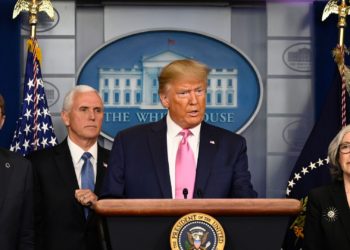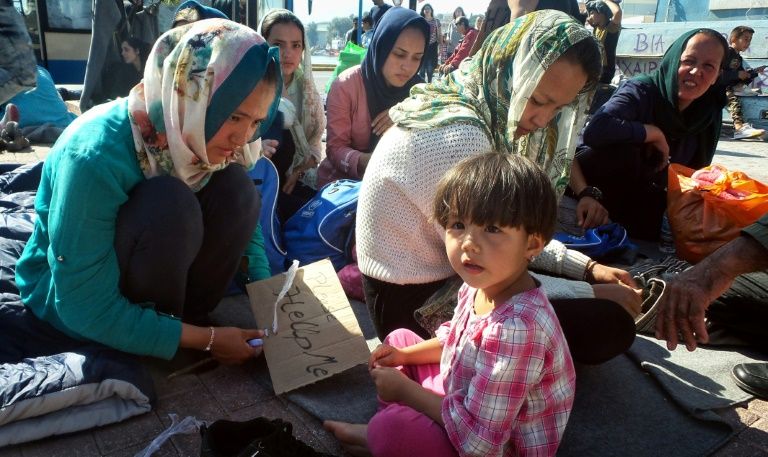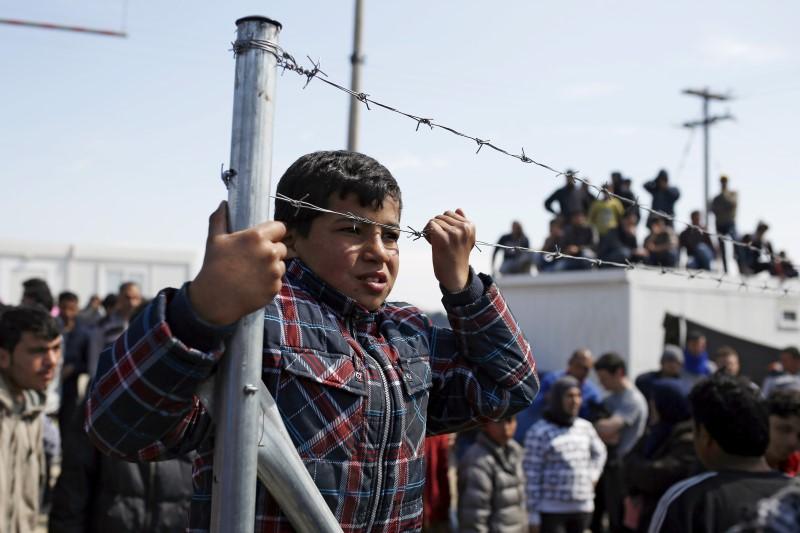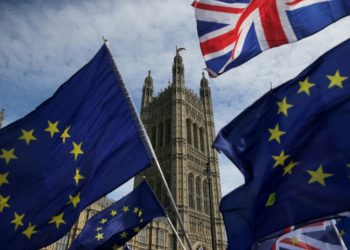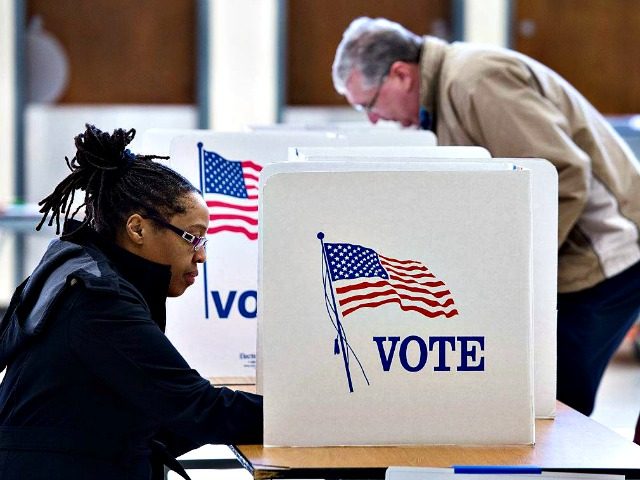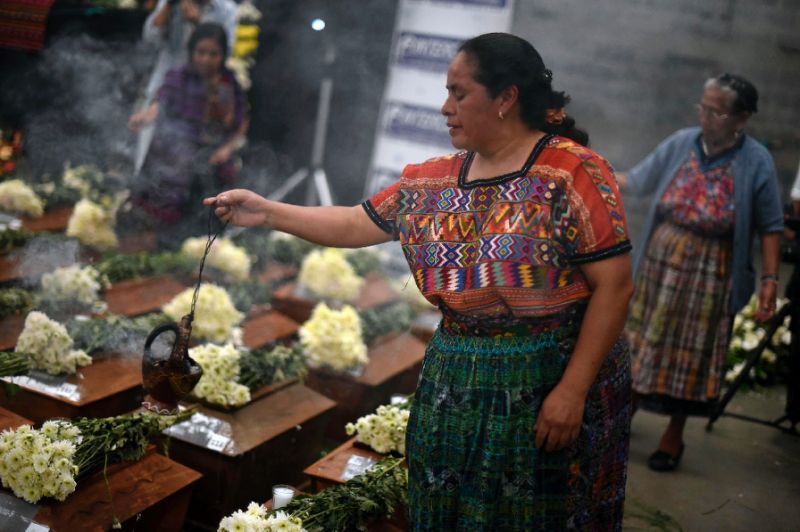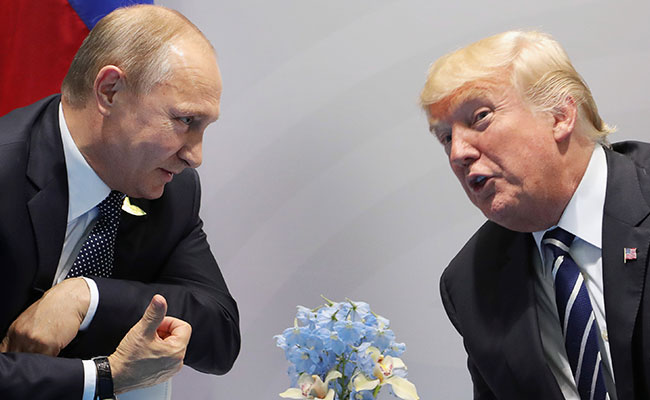Britain has agreed on a draft Brexit deal with the European Union, Prime Minister Theresa May announced Tuesday, although she must still get it through her cabinet and the deeply divided parliament.
The breakthrough after months of acrimonious negotiations came with fears mounting of a potentially catastrophic scenario, in which Britain leaves the bloc in March with no deal at all.
Yet numerous hurdles stand in the way of a final agreement, most of them in London, where members of May’s own cabinet and party are once again arguing over how to proceed.
Ministers were individually briefed about the deal’s outline on Tuesday evening, ahead of a special cabinet meeting on Wednesday to sign off the text, Downing Street said.
“Cabinet will meet at 2:00 pm (1400 GMT) tomorrow to consider the draft agreement the negotiating teams have reached in Brussels, and to decide on next steps,” it said.
France’s European Minister Nathalie Loiseau confirmed that the sides had finally made “substantial progress.”
“We are going to look very carefully at the draft agreement. We want a good text that scrupulously respects the interests of the EU,” she wrote on Twitter.
The pound surged on the news, rising by 1 percent against the dollar and 0.5 percent against the euro compared to late Monday.
If British ministers back the text, which runs to hundreds of pages, London hopes the E.U. will call a summit later this month so the bloc’s leaders can give their approval.
Ambassadors from the 27 remaining E.U. member states will meet on Wednesday afternoon, while Ireland’s cabinet is also reportedly set to convene in Dublin.
"This is highly unlikely to be the right deal for Britain" says shadow Brexit secretary Keir Starmer
Follow reactions to the Brexit agreement live here: https://t.co/veJwzSQr3S pic.twitter.com/6bU4BppiZy
— Sky News (@SkyNews) November 13, 2018
‘No-One Voted for This’
May faces substantial opposition to her strategy in the House of Commons, which must approve the agreement before Brexit on March 29.
Some ministers have also publicly disagreed over what they want from the deal, particularly on the fraught issue of Ireland, and Westminster is braced for possible resignations.
Former foreign secretary Boris Johnson, a leading Brexit supporter who quit the government in July over May’s approach, said he would fight the draft agreement.
“It patently fails to fulfill the mandate given by the British people,” he told the BBC.
We still have time to go for something better – a SuperCanada free trade deal that will allow the UK to benefit from brexit and actually respect the referendum. The future can be bright if only we change course now 2/2
— Boris Johnson (@BorisJohnson) November 13, 2018
Crucially, Northern Ireland’s Democratic Union Party (DUP), who give May her majority in parliament, also threatened to reject a deal that leaves Britain tied too closely to the E.U.
“No one should be surprised that we vote against it because we have warned the prime minister time and time again that we entered into an agreement with her to deliver Brexit,” the DUP’s Brexit spokesman Sammy Wilson told Sky News.
Opposition Labour leader Jeremy Corbyn, whose party has indicated it would reject the deal, said he would await further details but added: “This is unlikely to be a good deal for the country.”
Meanwhile, a pro-European group of lawmakers from all parties led a rally outside parliament calling for a new Brexit referendum that includes a choice to stay in the E.U.
“No one voted for this. No one deserves to be punished because of this Tory Brexit mess,” the centrist Liberal Democratic Party’s Brexit spokesman Tom Brake said.
Highlighting the risks that remain, just hours before the announcement from London, EU officials published a contingency plan for a “no-deal” Brexit.
May’s cabinet also received an update on Britain’s preparedness, as it has for several weeks now.
“We are clearly not out of the woods yet,” the London-based Capital Economics research group said in a note to clients.
Irish Backstop
The talks were stuck on how to avoid border checks between British Northern Ireland and Ireland after the U.K. leaves the E.U.’s single market and customs union.
London suggested that until a wider trade deal is agreed that resolves the problem, Britain could temporarily stay aligned with the bloc’s trade rules — as long as it can exit the arrangement when it wants.
But the E.U. was insisting on another fall-back option in which Northern Ireland alone remains in the single market — something the DUP strongly opposes.
Ireland’s RTE television reported that the draft deal comprises “one overall backstop” encompassing elements of both the U.K.-wide and Northern Ireland only arrangements.
Britain’s exit bill of around £39 billion (45 billion euros, $50 billion) and a guarantee on E.U. citizens’ rights are also included in the divorce deal.
It also provides for a 21-month transition after Brexit, during which London would follow E.U. rules while both sides negotiate a new trade relationship.





